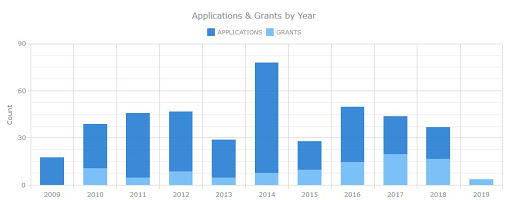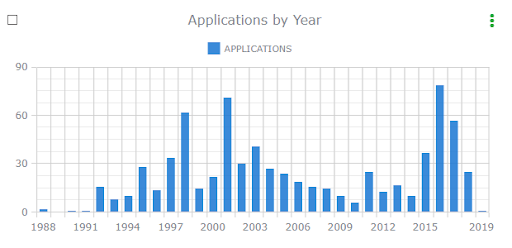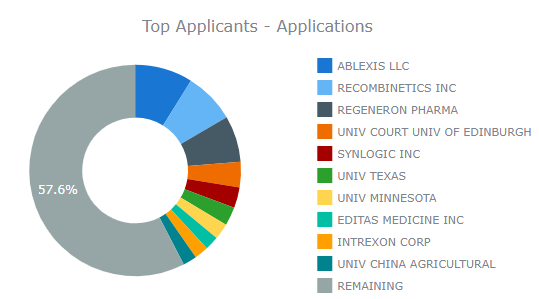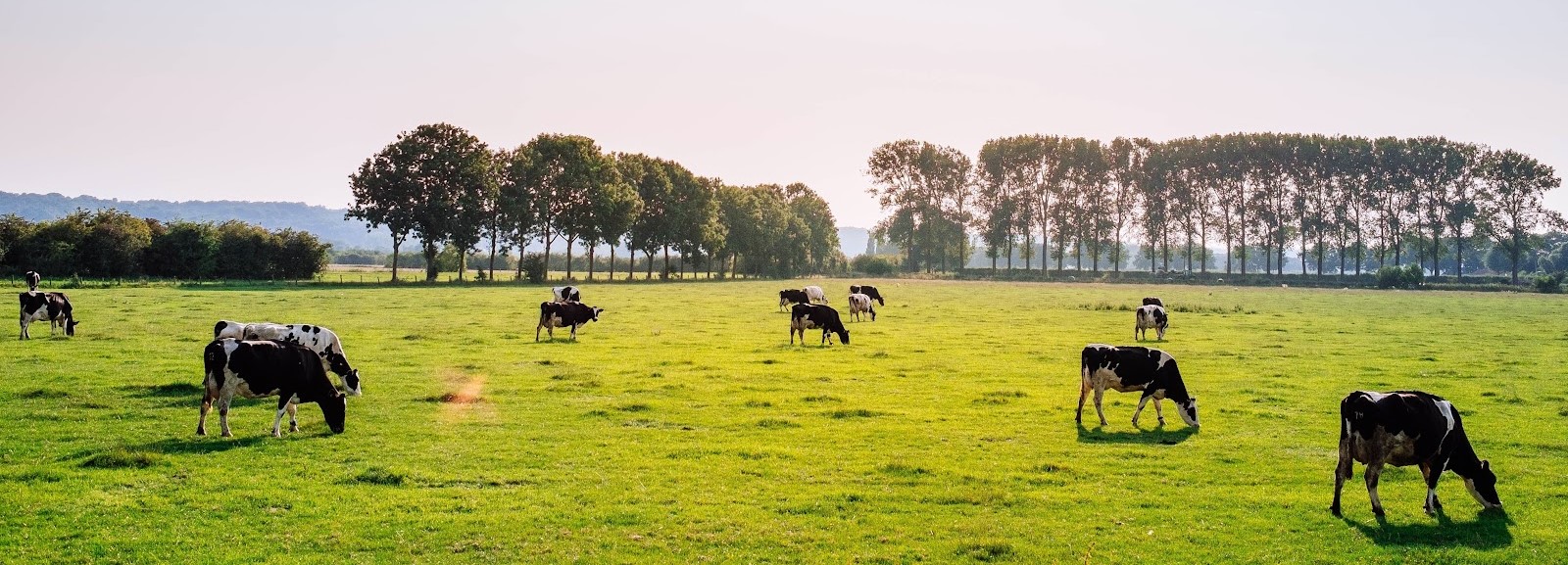More than 20% of animal protein is lost to disease globally. This has negative ramifications for both global hunger and the environment, but genetic engineering could be a solution. While humans have been playing with the genes of animals through breeding for thousands of years, the advent of tools like CRISPR and TALENs are poised to radically alter the food production system of today by making this process faster and more precise. In addition, new tools for pinpointing the source of desirable genetic characteristics could make breeding itself more efficient.
Then Where are All the Flying Pigs?
A combination of regulatory uncertainty and political climate has kept most transgenic (an animal that contains genes from another animal) meat off the market. To date, only one animal species has been approved for sale in the US, the AquaBounty salmon, and even this was almost quashed. After receiving approval in 2015, the AquaBounty salmon was blocked because the Food and Drug Administration (FDA) had not yet established labeling requirements for genetically engineered meat.
Beyond regulatory difficulties, it is simply harder to work with large animals. The three-year grant cycle adversely impacts research conducted on cattle, which have a much longer gestation period than the mouse, a favored animal for lab research, less so for food production. Searching in ktMINE for “transgenic mice” reveals 431 patent documents in the last 10 years while “transgenic cows,” returns only 16.

Source: ktMINE Analytics search term “transgenic mice”
Mutant or Moral?
One argument in favor of the genetic engineering of livestock is it has the potential to be more ethical than current alternatives. One such ethical project is the genetic dehorning of cows. Scientists at Recombinetics and the University of California, Davis developed a way to create hornless cows by editing genes in Holstein dairy cows and replacing them with genes from other hornless breeds. The current procedure for dehorning cows causes pain to the animals, while genetic engineering could lead to cows that are simply born without them.
But gene editing is only one option for harnessing modern biological technologies to produce better-off cattle. Scientists at the University of Guelph have developed a way to test for superior immune systems in cows, and these animals can pass this trait on to their offspring. In animals bred through this process, disease reduction of 5-20% has been shown.
What Does the Data Say?
A search in the ktMINE platform for patent documents in the top level CPC classification A01K ANIMAL HUSBANDRY containing the phrases “genetic editing,” “gene editing,” “genetic engineering,” or “genetically engineered” reveals that filing activity has rebounded somewhat since 2010.

Source: ktMINE Analytics
The Top Applicants chart on the ktMINE analytics page in search also reveals who is doing the filing.

Source: ktMINE Analytics
Ablexis, the first filer on this list, markets the AlivaMab Mouse, “a transgenic mouse that dramatically improves upon other antibody discovery platforms.” Some of the companies licensing-related technology from Ablexis include Memorial Sloan Kettering Cancer Center, Corvidia Therapeutics, Eli Lilly and Company, and more.
Recombinetics Inc, in addition to the aforementioned hornless cow project, also conducts projects in the areas of preclinical research, regenerative medicine, and precision breeding.
Regeneron is a pharmaceutical company known for drugs such as Kevzara, Eylea, and Arcalyst, a human monoclonal antibody, a chemotherapy drug, and an anti-inflammatory drug respectively.
Pharmaceutical companies are the predominant patent filers in this space, which makes sense given the regulatory barriers, political climate, and the historical market skepticism held by legacy companies in the meat and animal food products industries. Despite the challenges, it is probably too soon to say that the genetically engineered food animal industry is doomed. Keep an eye out for new technology licenses between universities and food animal companies as a marker for renewed interest in this market.




